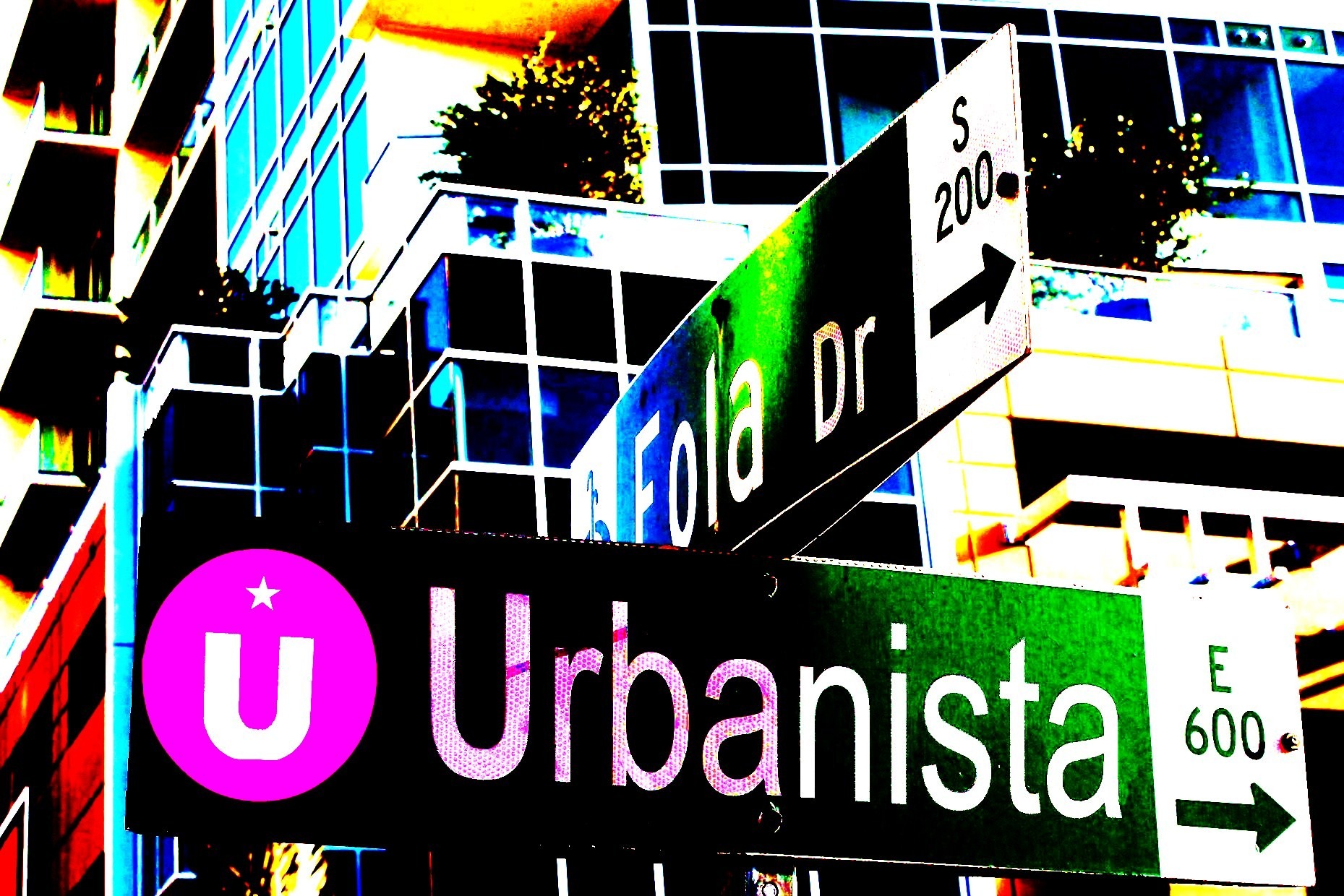Even though real estate prices in Metro Orlando have risen sharply during the last two years, home prices and rents are more affordable in the region than they are in U.S. metropolitan areas overall, according to a new study.
The median home price in Orlando has increased 37 percent during the last two years, but housing still remains affordable because prices had fallen to such depths — $95,000 in early 2011. The median home price is now $165,000.
Based on local wages, 63 percent of home buyers and renters in Metro Orlando could afford the region’s median-priced home and rental rates in 2013. For 82 metro areas nationally, only 57 percent could afford median-priced homes and rents, according to the study released Thursday by the Harvard Joint Center for Housing Studies.
Whether Orlando continues to be so affordable remains to be seen.
Orlando-area rents have outpaced earnings increases, according to a recent report by ALN Apartment Data Inc. The median monthly rent on apartments increased 4.5 percent in the Orlando region during April from a year earlier. Meanwhile, the median family income for the area increased only 1 percent during that time and inflation rose just 2 percent, reports showed.
“There is going to be a point in time when housing prices will outstrip incomes, much like they did for certain groups in the past,” said Owen Beitsch, senior principal of Real Estate Research Consultants Inc. of Orlando. “The real question is when will that happen.”
Even with new apartment projects being constructed throughout the region, the rental market won’t be overbuilt any time soon, he added. More than 6,100 apartment units were underway last fall — double the construction pace from a year earlier, according to Real Data Apartment Market Research. Another 5,000 units have been proposed for development throughout the Orlando area.
“Clearly you can’t continue forever but, even with the boom in multi-family construction, housing production is so far below where it needs to be,” Beitsch said.
Another factor in affordability is real-estate prices — especially in comparison to wages.
During the market trough three or four years ago, real estate prices fell so far that they have been able to increase without shutting too many buyers and renters out of the market. At the depth of the real-estate bust in 2011, for example, a family earning the area’s median household income could afford to purchase two median-priced homes, according to affordability analytics by the Orlando Regional Realtor Association.
That’s no longer the case, but the region generally remains affordable for wage earners. With a median household income of $55,784, buyers had 180 percent of the income they needed to buy the median-priced home, which was $165,000 for the Orlando area during May. The association’s affordability measures are based on buyers making down payments of 20 percent.
The study released Thursday by the Harvard center showed that 47 percent of renters in Metro Orlando could afford median rents and 73 percent of buyers could afford median-priced homes in the region during 2013. Nationally, 36 percent of renters could qualify for median-priced rentals and 70 percent of buyers could swing the purchase of a median-priced house.
In Florida metro areas, the proportion of residents who could afford the median housing costs — including home prices and rents — was: Miami, 44 percent; Sarasota, 54 percent; Fort Myers, 63 percent; Jacksonville and Tampa, 65 percent; Volusia and Brevard counties, 71 percent; and Polk, 74 percent, the study found.




